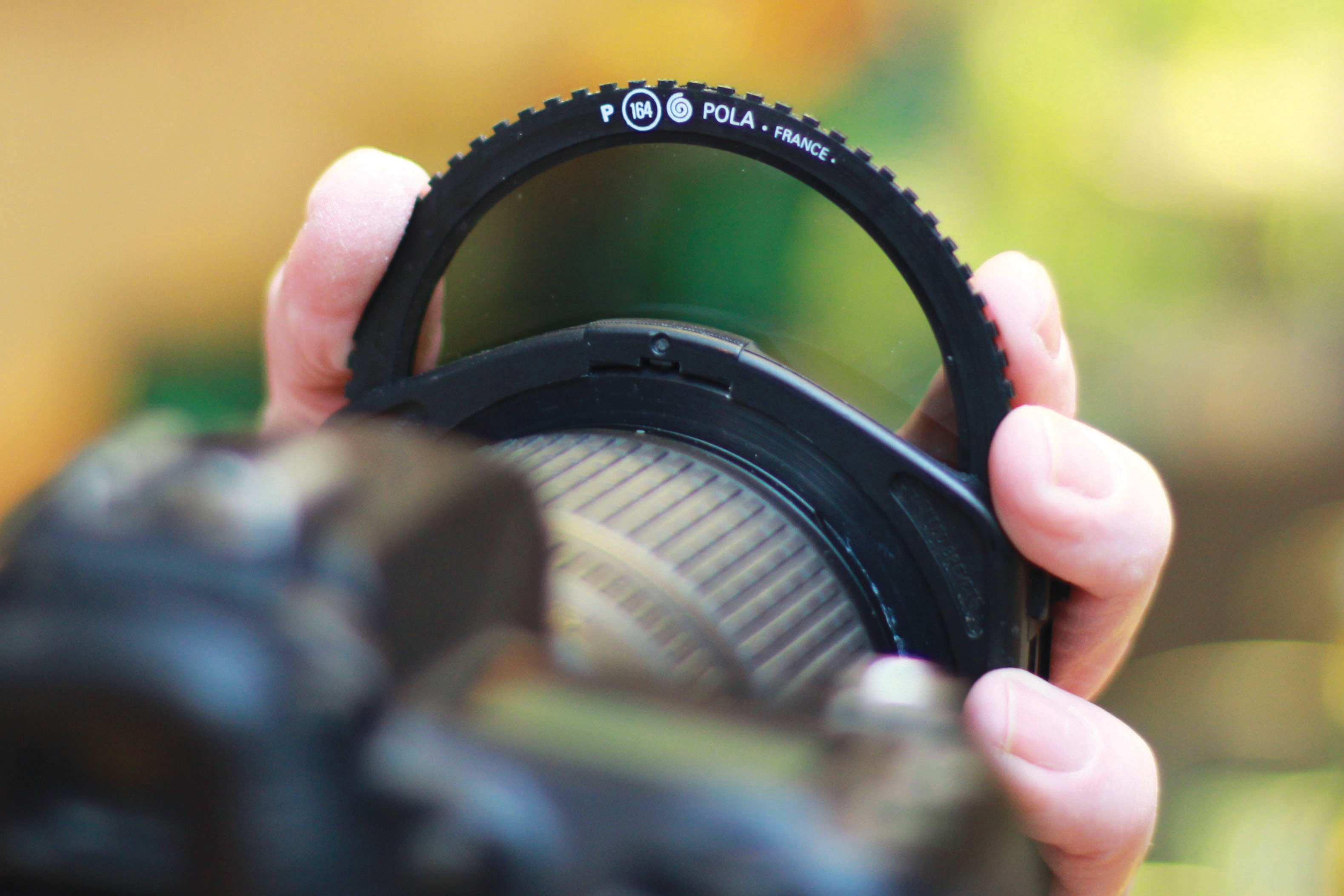What is a circular polarizer and when would you use one?
Get the lowdown on one of the most useful filters you can buy, and discover the benefits it brings to your photography

A circular polarizer is one of the most useful and important accessories to have in your camera bag. While the effect of some other traditional filters, such as Neutral Density Grads (ND Grads), can be replicated in post-processing, the effects of a polarizing filter cannot.
To start with, it’s important to point out that a circular polarizer doesn’t actually have to be circular in shape. While this is a bit confusing to photography newcomers, the reference to ‘circular’ in the name, actually relates to how the filter modifies the light waves that are passing through it, and NOT its physical shape.
A circular polarizing filter has several possible effects on your photos. At certain angles it will darken blue skies, as well as appear to saturate other colours within a scene. It will also help to reduce unwanted glare from shiny surfaces, and even remove – or at least suppress reflections. It should be noted that the circular polarizer isn’t a miracle worker. While it can do all these things, it doesn’t always do them perfectly to a fussy photographer’s exacting standards.
Polarizing a blue sky

That said, a polarizer is a physical filter that’s worth keeping with you. It’s long been a popular filter for travel photographers who want to deepen beautiful blues skies. This is best achieved when the sun is at 90 degrees to the lens, as you’ll find that when the sun is directly in front or behind you, there will be little or no effect!
The removal or reduction of reflections can also be a powerful photographic trick. Again, travel photographers like to remove the reflection of a boat floating on a tropical harbour, so the water seems bottomless, and the viewer just wants to dive into it – or at least book a holiday!
Polarizers are incredibly easy to use because you can see their effect as you look through the viewfinder or at an LCD screen. All you need to do is attach them to the lens itself and then rotate to get the effect you want. Most polarizers are attached to the lens via its screw-thread, so just buy the right diameter for the filter size marked on your lens, and simply screw them on.
Polarizers and light loss

Of course, a polarizer doesn’t come without some drawbacks. Its main one being the reduction of light that you get when attached. This can vary with conditions but expect to lose one stop of light as a minimum and around 2.5 stops as a maximum.
Get the Digital Camera World Newsletter
The best camera deals, reviews, product advice, and unmissable photography news, direct to your inbox!
Some screw-in polarizers can also cause a slight darkening (vignetting) at the corners of the frame, but if you buy a good quality, slim filter, this shouldn’t occur. Also watch out for over-polarization of a scene, where already beautifully deep blue skies go almost black. If it looks like this is happening, then just pull the rotation back to lessen the effect.
When used with a wide-angle lens, you may also sometimes see uneven polarization, where some areas are darker than others. Again, adjust the amount of polarization you apply to keep the sky balanced.
Read more:
• Best polarizing filters
• Best filter holders
• Best ND filters
• Best graduated ND filters
Andrew makes his living as a photographer, videographer and journalist. For 26 years he was a specialist magazine editor, the last 13 of which were on Practical Photography magazine. A long-time expert in photographic techniques across many disciplines, he's a self-confessed photo generalist, and a font of creative knowledge to capturing just about any subject, although he has a strong leaning to wildlife and travel photography. Andrew's wide-ranging photography experience means he authors the long-running Photo Answers section for Digital Camera Magazine. His work as a journalist, guide and educator dovetails neatly into his commitment to Foto-Buzz - an online subscription community he founded, where Andrew writes articles, films tutorials and records blogs on all manner of photo-related subjects and techniques for enthusiast photographers.

